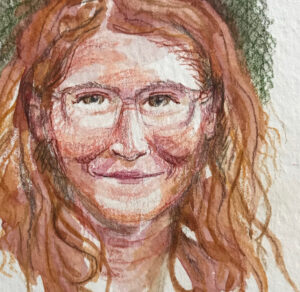 A chapter in a book I am working on explores how we are not machines, yet can be duped into thinking that we are. It is part of a book that centers on how a person can flourish in difficult circumstances. As I was writing it, the Generative AI, Chat GPT, and computer future fears surfaced in the media, and we have been alerted to an acceleration of human-seeming abilities of technology. I found myself concerned with issues that are arising now, rather than long term fears, and wrote a paper for the US Office of Science and Technology Policy with recommendations for action. There are many people who can speak to so many issues raised by AI, but I thought there were some things that were being left out of discussions, and my scholarship in human relationships might be helpful in making recommendations for action and making a case for those. I will attach the full piece here: blogLGUnderwoodAIRelationshipsJune2023
A chapter in a book I am working on explores how we are not machines, yet can be duped into thinking that we are. It is part of a book that centers on how a person can flourish in difficult circumstances. As I was writing it, the Generative AI, Chat GPT, and computer future fears surfaced in the media, and we have been alerted to an acceleration of human-seeming abilities of technology. I found myself concerned with issues that are arising now, rather than long term fears, and wrote a paper for the US Office of Science and Technology Policy with recommendations for action. There are many people who can speak to so many issues raised by AI, but I thought there were some things that were being left out of discussions, and my scholarship in human relationships might be helpful in making recommendations for action and making a case for those. I will attach the full piece here: blogLGUnderwoodAIRelationshipsJune2023
We need to protect real human-to-human relationships and strengthen our relationships with one another in the wider social world. What can we do to help us see ourselves as we are, not as machines, and help us to relate realistically to human-seeming Generative AI objects with various levels of verbal, visual, auditory, and tactile characteristics? How do we encourage people to see the value of human-to-human interactions, of giving and receiving compassionate love, and accepting others and ourselves, flawed yet of value at a fundamental level? It is in our relationships with one another, embodied and truthful, that we express ourselves in a way that leads to fullness of life for ourselves and the people we encounter in our day to day lives. We need to put guardrails in place to help us to affirm these important characteristics of our lives in the midst of the increasing proliferation of human-seeming machines and technology.
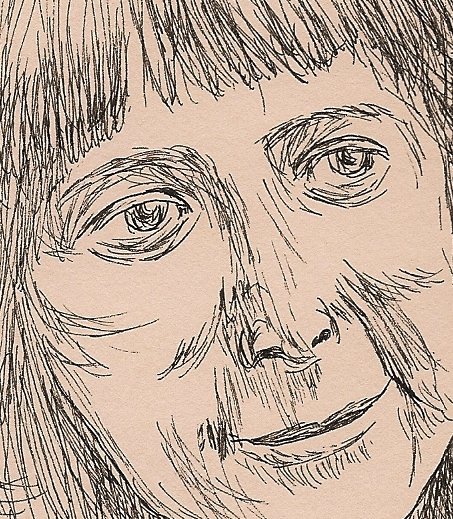
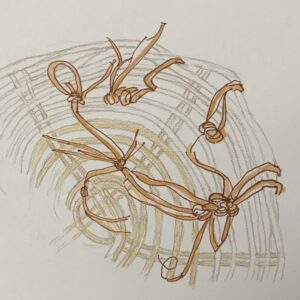 When we have experienced emotional or physical or relationship damage in the past, it can continue to feel frustrating at best and irreparably harmful at worst. I so often look at the broken places as problems, limitations, and inadequacies. Or I try to ignore them. But the kintsugi approach actually highlights the beauty in repairs.
When we have experienced emotional or physical or relationship damage in the past, it can continue to feel frustrating at best and irreparably harmful at worst. I so often look at the broken places as problems, limitations, and inadequacies. Or I try to ignore them. But the kintsugi approach actually highlights the beauty in repairs.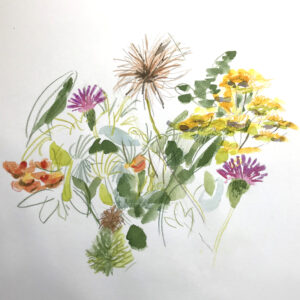
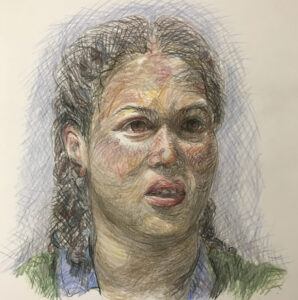
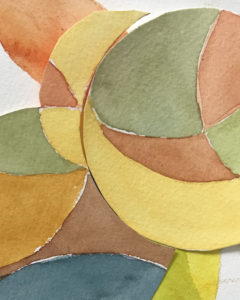 We hear people say to ‘Get over it!’ But is that such good advice? This poem expresses a response to that better than I can.
We hear people say to ‘Get over it!’ But is that such good advice? This poem expresses a response to that better than I can.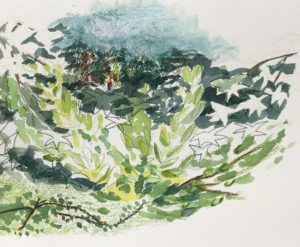

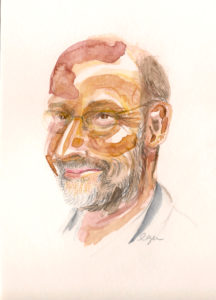 ‘The History of Philosophy without any Gaps.” is a podcast I have listened to for years and love. I have learned so much. Many of the episodes, on topics of particular interest to me, I listen to 2 or 3 times. If I find this fun, what does this say about me? The presenter, Peter Adamson, has a sense of humor, and is open-minded, and has such a knowledge base, and provides a depth of content that he expresses so well. I listen on iTunes, but here is a link to his website:
‘The History of Philosophy without any Gaps.” is a podcast I have listened to for years and love. I have learned so much. Many of the episodes, on topics of particular interest to me, I listen to 2 or 3 times. If I find this fun, what does this say about me? The presenter, Peter Adamson, has a sense of humor, and is open-minded, and has such a knowledge base, and provides a depth of content that he expresses so well. I listen on iTunes, but here is a link to his website: 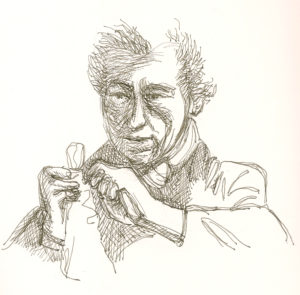

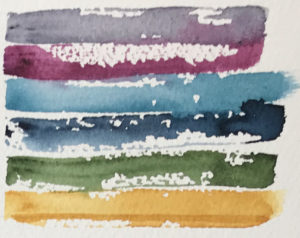 In so much of life I see words obscuring truth. Here is something that reminds me that words don’t necessarily hide the truth, but can liberate it.
In so much of life I see words obscuring truth. Here is something that reminds me that words don’t necessarily hide the truth, but can liberate it.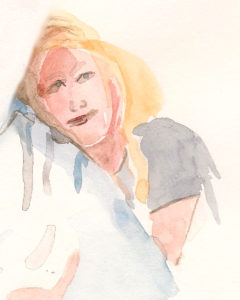
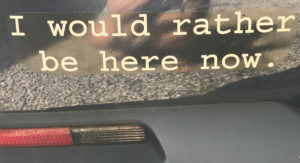
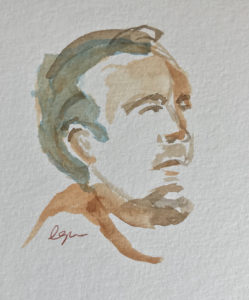
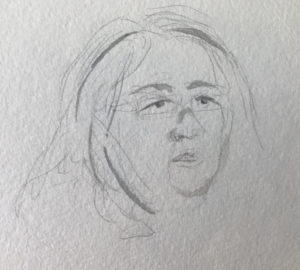
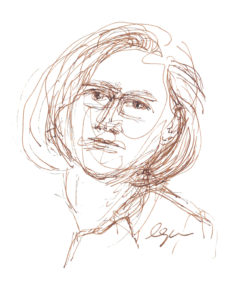
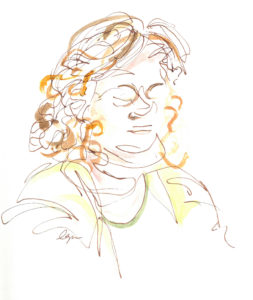 I have been part of a group of scholars these past few months, discussing suffering from the perspectives of literature, philosophy, theology and psychology. During our weekly conversations I have found that drawing people in the group, as always, helps me to focus. Although ideas are so often the center of academic discussions, it is the human beings that speak to me. Each person has a depth of being, a fullness of life, that I want to capture somehow. Doing this brings me to appreciate them more.
I have been part of a group of scholars these past few months, discussing suffering from the perspectives of literature, philosophy, theology and psychology. During our weekly conversations I have found that drawing people in the group, as always, helps me to focus. Although ideas are so often the center of academic discussions, it is the human beings that speak to me. Each person has a depth of being, a fullness of life, that I want to capture somehow. Doing this brings me to appreciate them more.

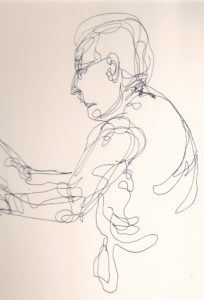
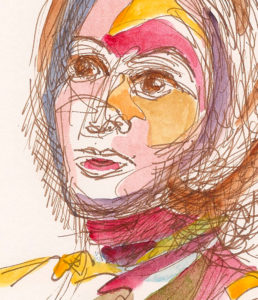

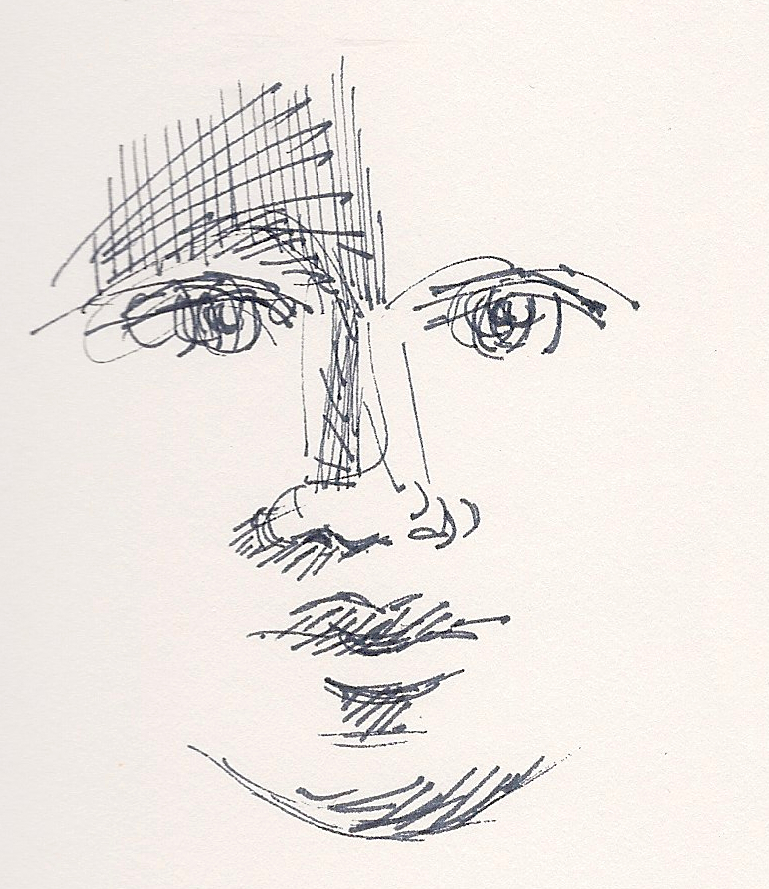 There is always
There is always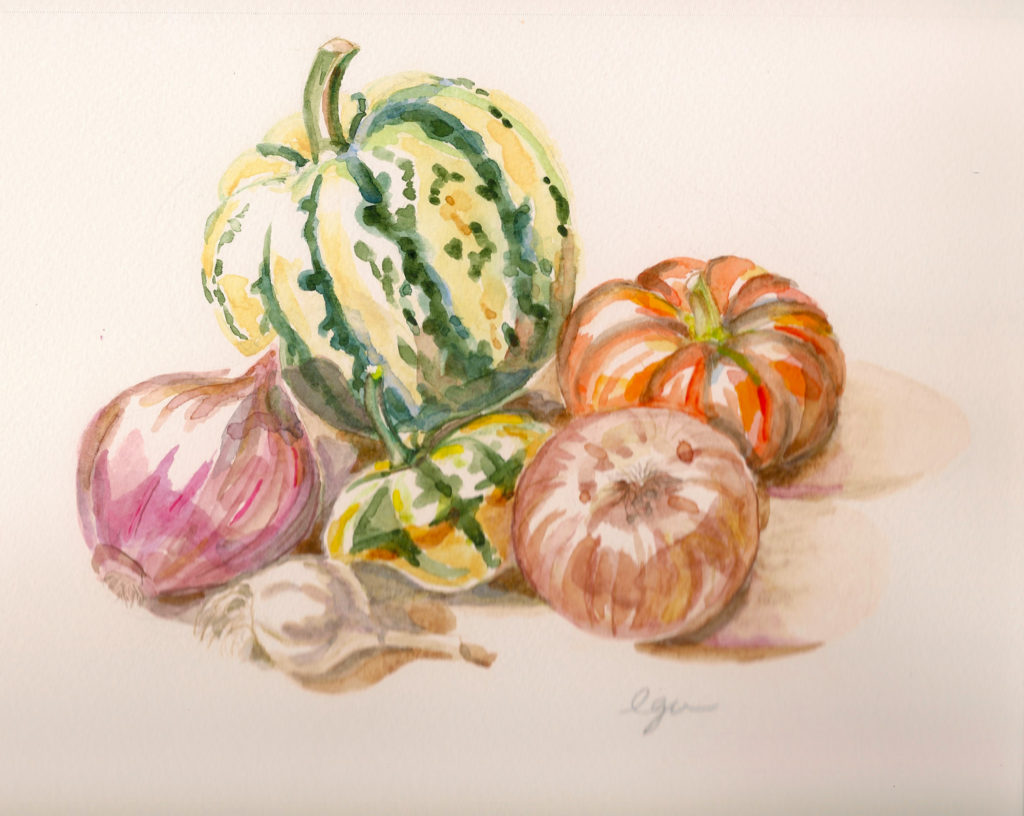
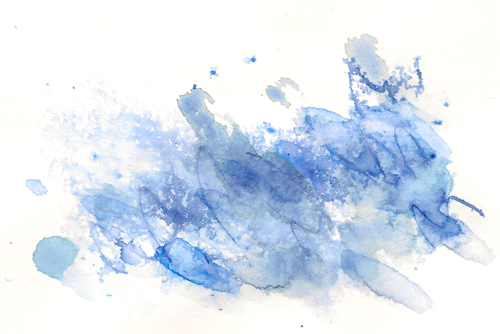
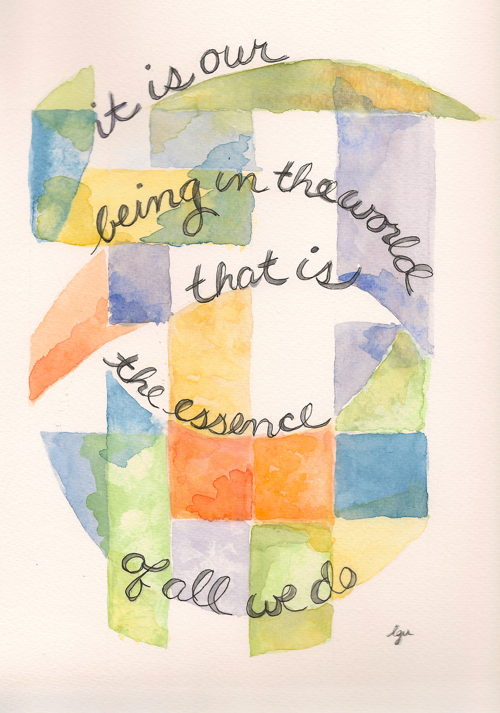
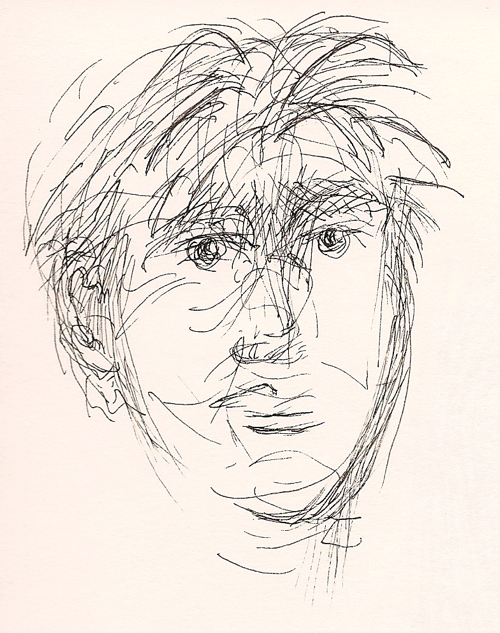 I have spent a lot of time in various meetings over the last couple of months. When I am not speaking, there is lots of time for listening. I find that by drawing people, it helps me to focus, and also to ‘get’ people in a more
I have spent a lot of time in various meetings over the last couple of months. When I am not speaking, there is lots of time for listening. I find that by drawing people, it helps me to focus, and also to ‘get’ people in a more 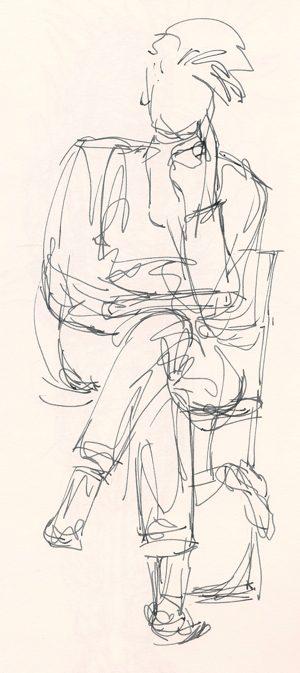 complex way, to hear them beyond their words or silences. Here are a few sketches of lovely people from a recent meeting.
complex way, to hear them beyond their words or silences. Here are a few sketches of lovely people from a recent meeting.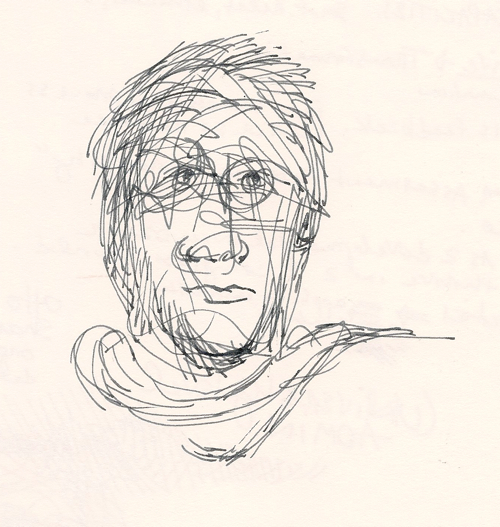

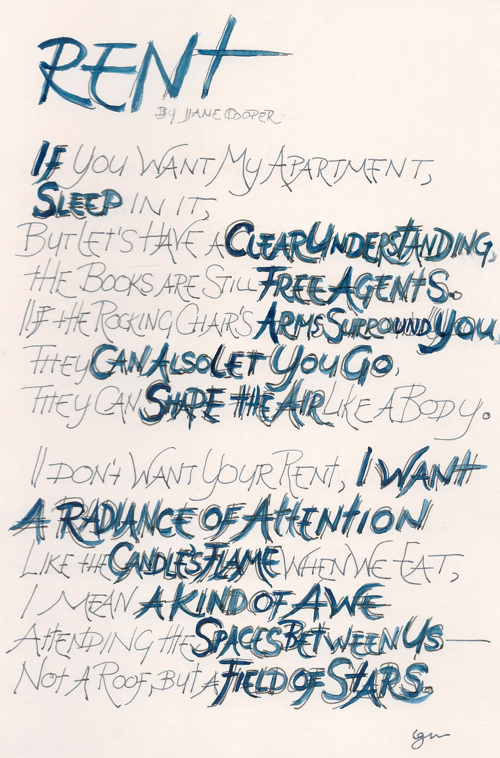
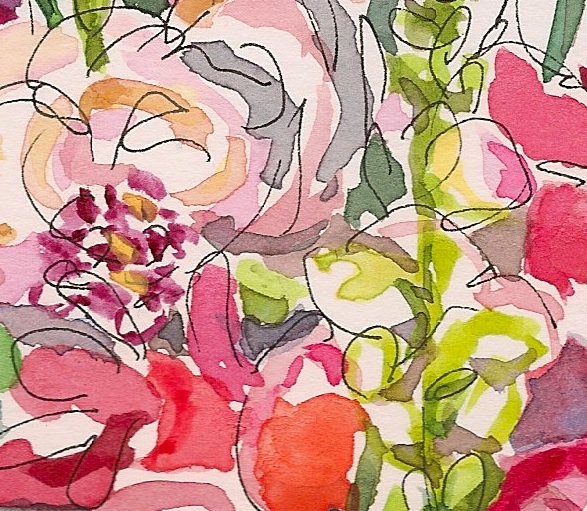
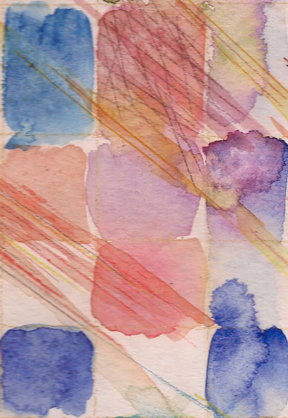
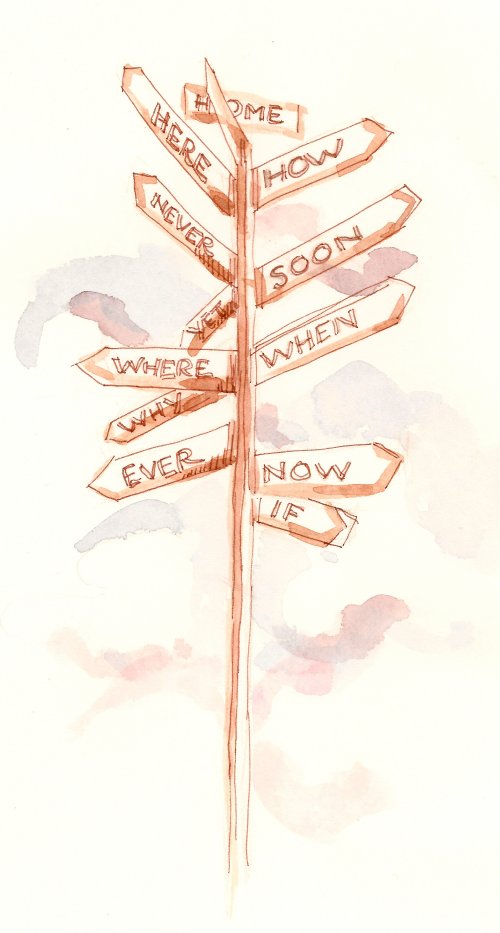
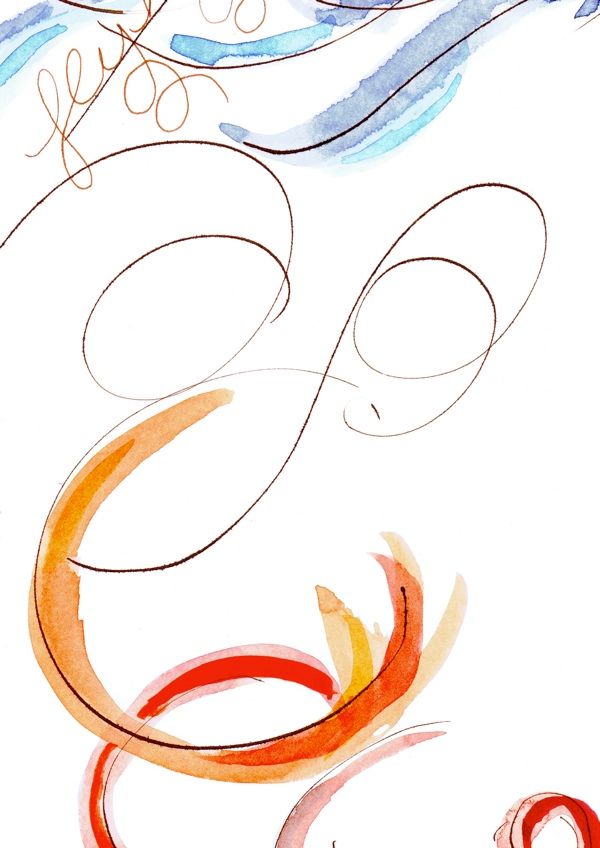 No one ever told us we had to study our lives,
No one ever told us we had to study our lives,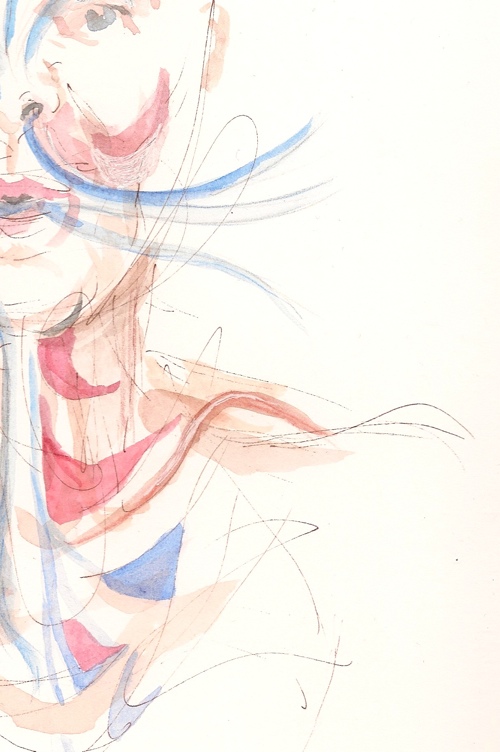
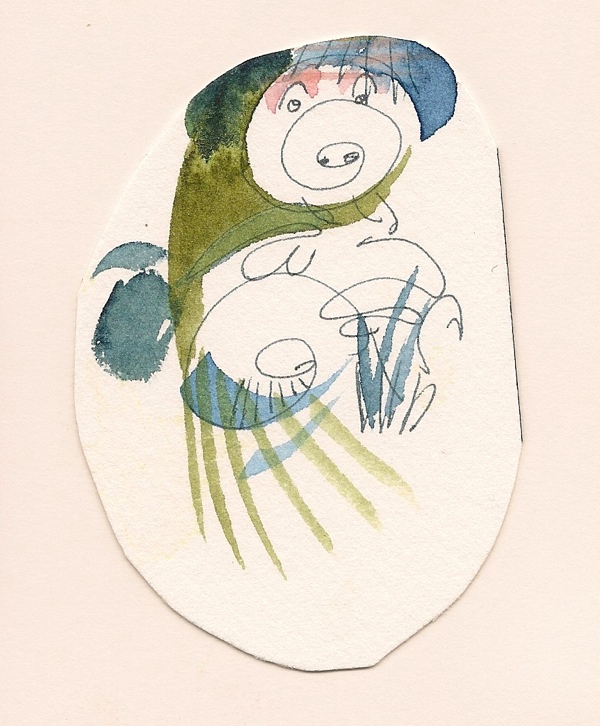
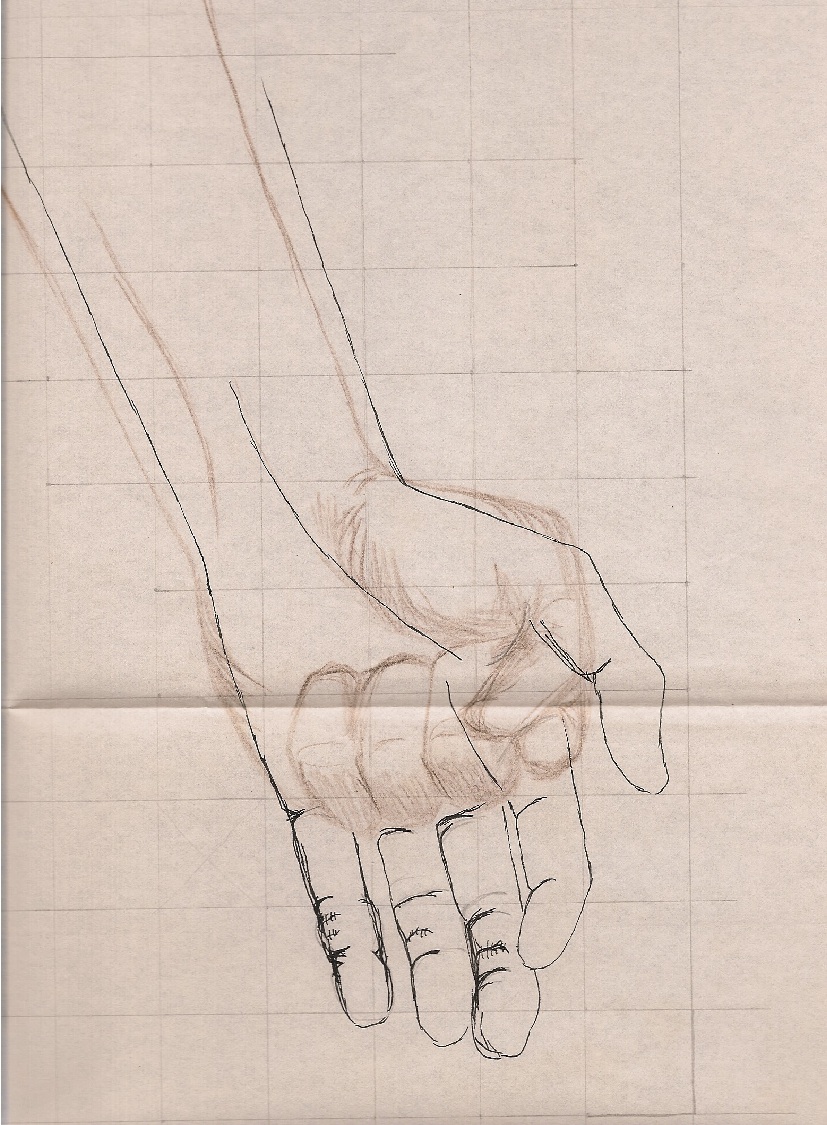

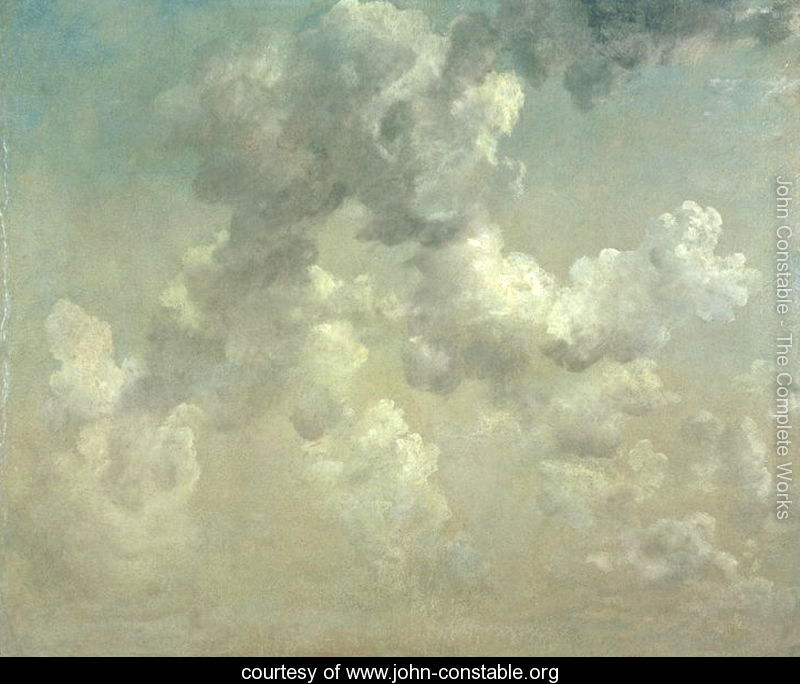 MUSIC
MUSIC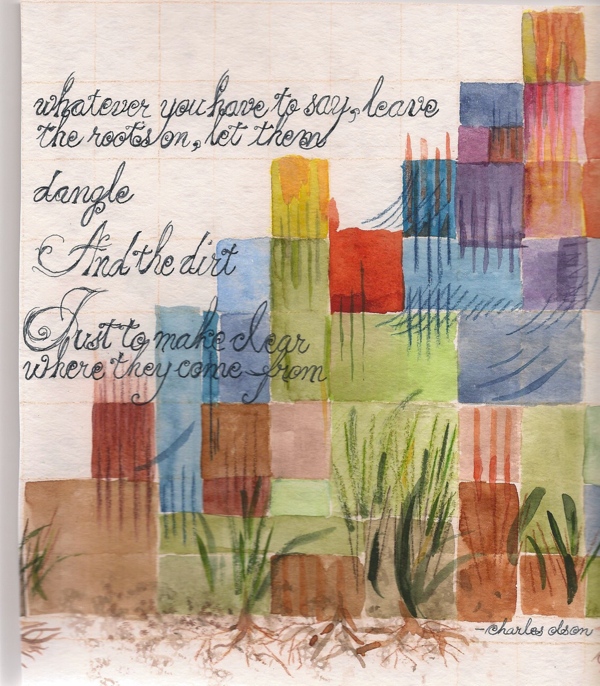
 Jean Vanier inspires me. He started the L’Arche communities. They bring people who are marginalized and restless from lack of community and care, together with those who learn to care for them. They especially create small caring communities for those who have developmental disabilities.
Jean Vanier inspires me. He started the L’Arche communities. They bring people who are marginalized and restless from lack of community and care, together with those who learn to care for them. They especially create small caring communities for those who have developmental disabilities.
